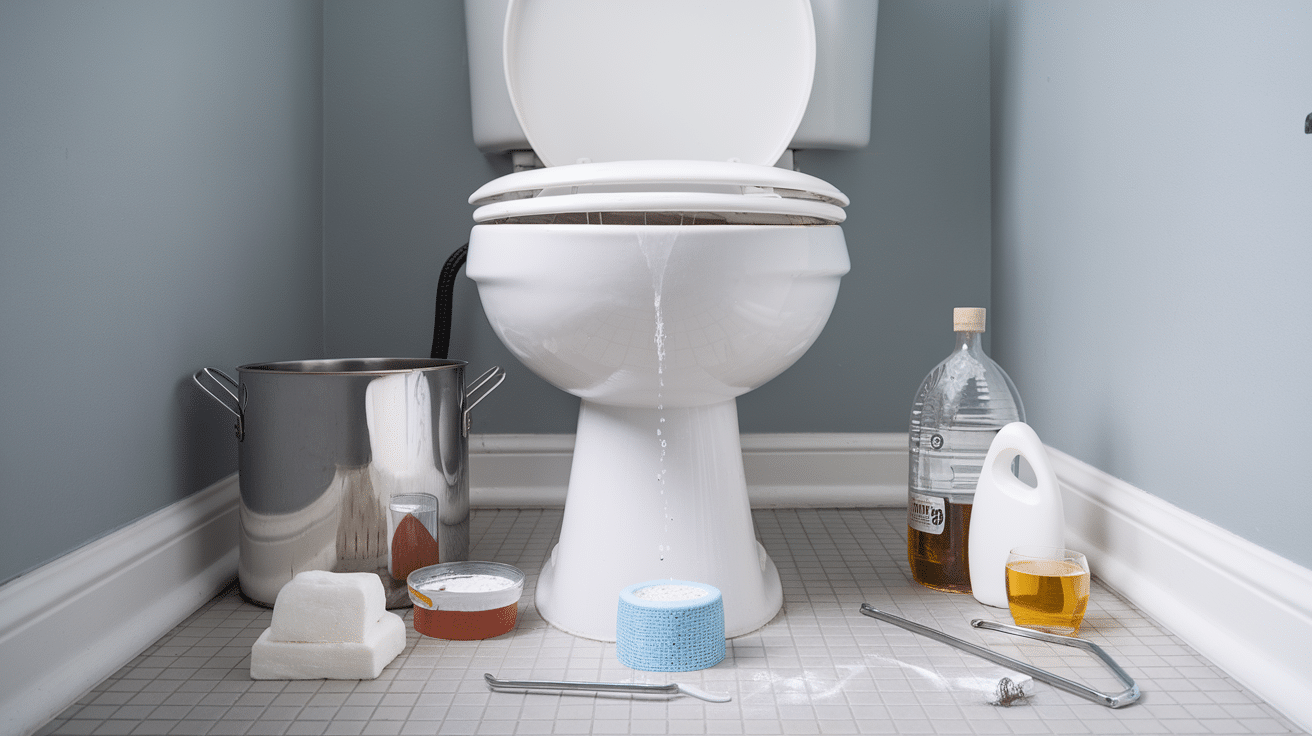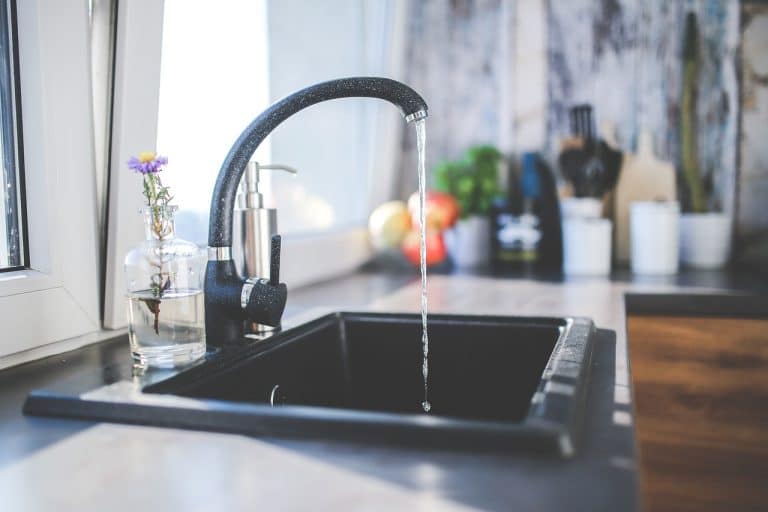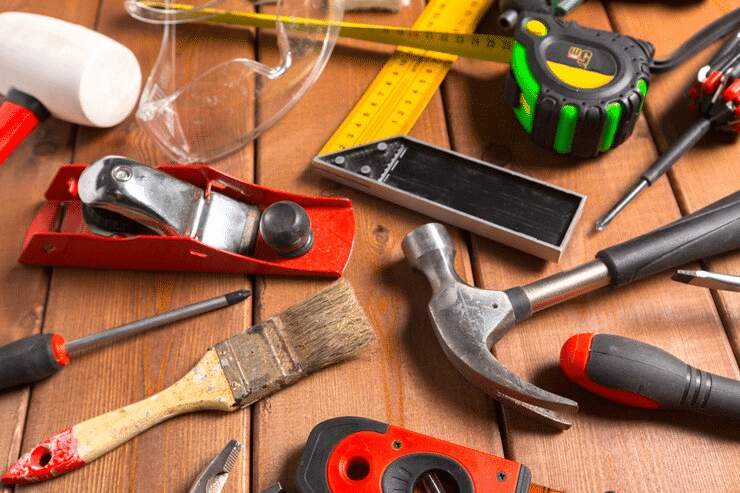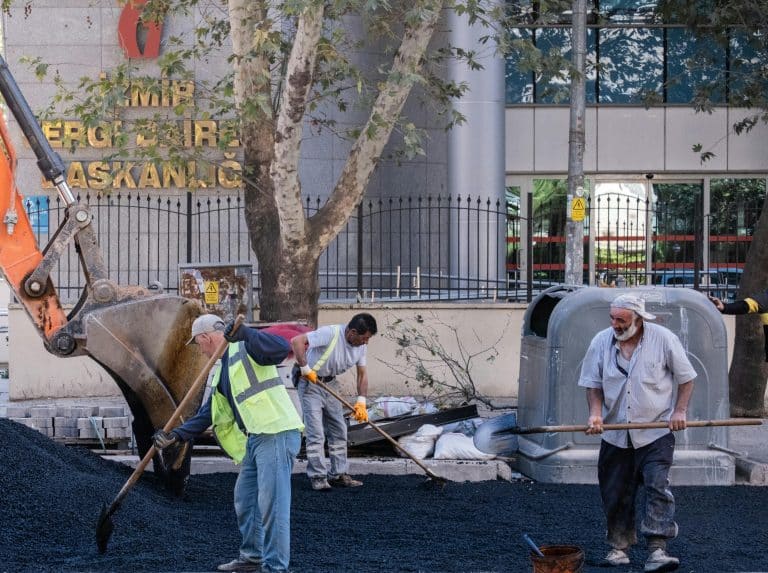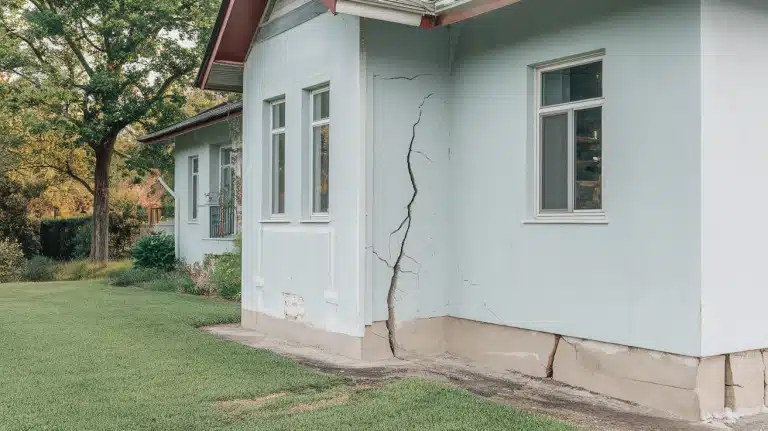How to Unclog a Toilet Without a Plunger: 4 Ways
What happens when a toilet gets clogged, and there’s no plunger nearby?
This frustrating situation strikes at the worst possible moments, leaving homeowners feeling helpless and stressed. Most people think a plunger is the only solution, but that’s not true.
There are several effective ways to unclog a toilet without a plunger using everyday household items. Hot water, dish soap, baking soda, and even a wire coat hanger can save the day. These methods work by breaking down blockages, lubricating stuck waste, or physically removing clogs.
This article has proven methods to unclog a toilet without a plunger. Each method uses items likely found at home right now.
The following sections cover step-by-step instructions, safety tips, and when to try each approach for the best results.
Types of Toilet Clogs
Toilets can become clogged for various reasons, and understanding the type of clog helps determine the best solution. Here are the most common types of clogs:
-
Paper Clogs- Caused by excessive toilet paper usage, these clogs occur when paper doesn’t break down quickly enough, creating a thick blockage in the pipes.
-
Non-Flushable Items- Items like baby wipes, cotton swabs, and feminine products don’t dissolve in water and can cause stubborn blockages. Even “flushable” wipes can be problematic.
-
Greasy or Slimy Clogs- Soap, hair, and greasy substances can stick together, creating a slippery, slimy mass that’s hard to flush. Dish soap or shampoo can help lubricate these types of clogs.
-
Mineral Buildup- Hard water deposits can form over time and narrow the pipes, making it harder for waste to pass through. This is more common in areas with high mineral content in the water.
-
Foreign Objects- Small toys, tissues, or other foreign items can be flushed accidentally, causing severe blockages that may need to be physically removed.
Identifying the clog type allows you to choose the right method for clearing it effectively.
How to Unclog a Toilet Without a Plunger
When you’re facing a clogged toilet and don’t have a plunger nearby, don’t panic—there are several effective methods using household items that can help you clear the blockage quickly and easily.
1. Hot Water Method (Most Popular)
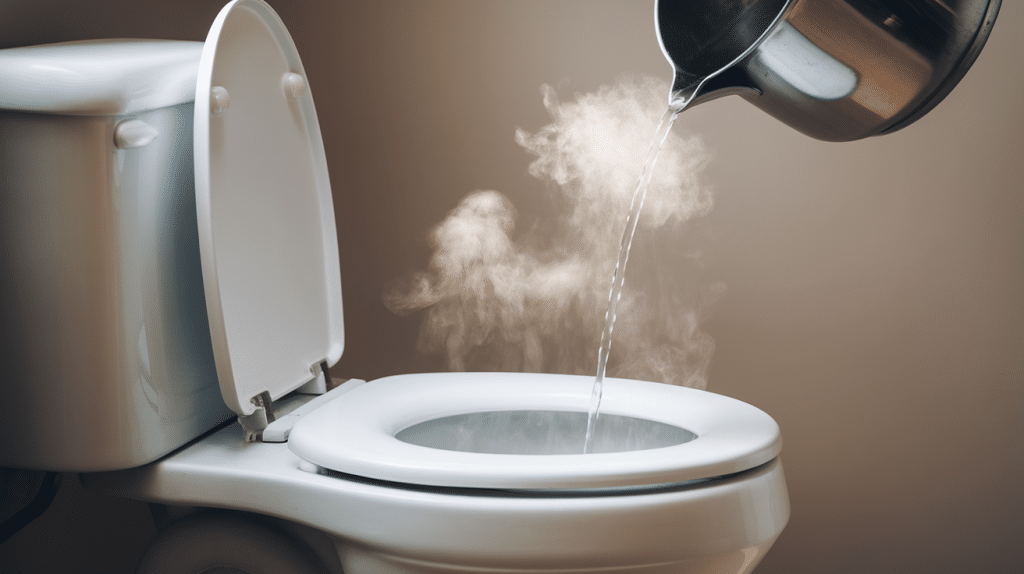
Hot water is the easiest way to unclog a toilet without a plunger. The heat softens waste and toilet paper, making them easier to flush away.
Follow these simple steps to clear your clog:
Step 1: Heat water to the right temperature
Fill a large pot with water and heat it until it’s very hot but not boiling. You should be able to touch it briefly without burning yourself.
Step 2: Pour from waist height
Slowly pour the hot water into the toilet bowl from about waist level. The force helps break up the clog while the heat softens it.
Step 3: Wait and watch
Let the hot water sit for 10-15 minutes. You’ll often see the water level drop as the clog starts to dissolve.
Step 4: Test with a gentle flush
Try flushing once. If it doesn’t work completely, repeat the process.
Common Mistake to Avoid: Using boiling water – While hot water helps break up clogs, boiling water can crack your toilet bowl. Porcelain expands when heated quickly, causing permanent damage. Use warm water that’s hot to touch but not bubbling – this temperature is safe for porcelain and still effective for breaking up clogs.
2. Dish Soap or Shampoo
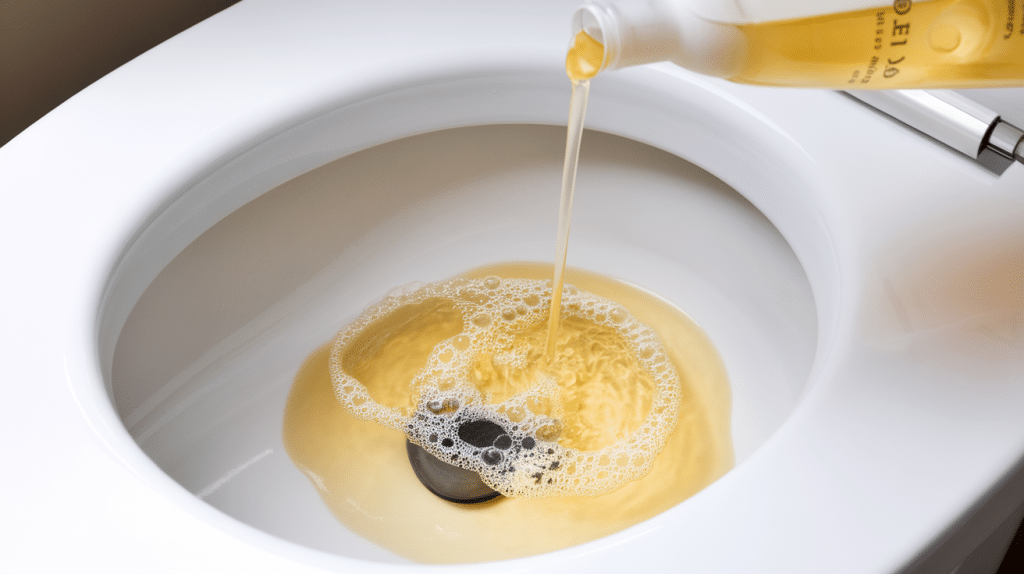
Liquid soap acts like a lubricant, making clogs slippery and easier to flush. Most homes have dish soap or shampoo available, making this method very convenient.
How soap works: The slippery texture coats the clog and pipe walls. This reduces friction and helps waste slide through the drain more easily.
Follow these simple steps to clear your clog:
Step 1: Squirt 3-4 tablespoons
Add liquid dish soap or shampoo to the toilet bowl.
Step 2: Add warm water
Pour warm water slowly to mix the soap without creating too many bubbles.
Step 3: Wait 20-30 minutes
Give the soap time to coat the clog thoroughly.
Step 4: Flush normally
The soap should help everything slide through.
Common Mistake to Avoid: Overusing soap – A little soap goes a long way. Too much creates excessive bubbles that make the problem worse. You’ll end up with a foamy mess instead of a clear drain. Stick to 1-2 tablespoons of liquid soap and wait 20-30 minutes before adding more. Patience works better than extra soap.
3. Baking Soda and Vinegar
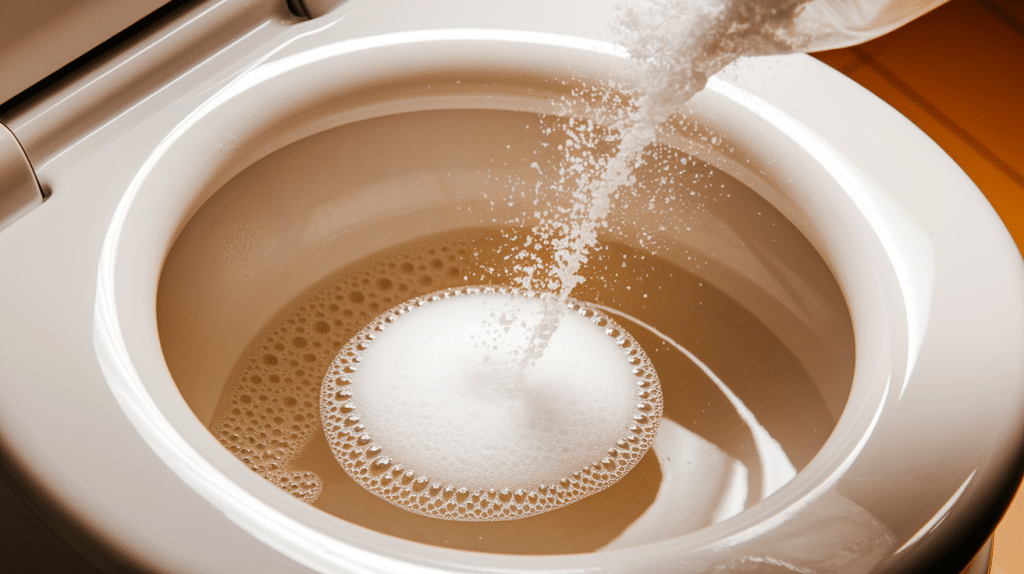
This natural method creates a fizzing reaction that can break up organic clogs. The bubbling action helps loosen stuck waste and toilet paper.
The science behind it is that when baking soda meets vinegar, it creates carbon dioxide gas. These bubbles expand and can push against a clog from multiple directions.
Follow these simple steps to clear your clog:
Step 1: Add one cup of baking soda
Pour it directly over the drain area in the toilet bowl.
Step 2: Pour two cups of white vinegar
Add it slowly to create a maximum fizzing reaction.
Step 3: Cover with plastic wrap
This contains the reaction, if possible.
Step 4: Wait 30-60 minutes
Let the reaction work on the clog.
Step 5: Follow with hot water
Pour warm water to help flush everything through.
Step 6: Try a normal flush
Test after the water level returns to normal.
Common Mistake to Avoid:\ Flushing immediately after applying – Most solutions need time to work. Flushing too soon wastes your effort and can make the clog worse. Wait 30-60 minutes for the baking soda and vinegar reaction to work on the clog. Set a timer so you don’t forget to check back.
4. Wire Coat Hanger or Plumbing Snake
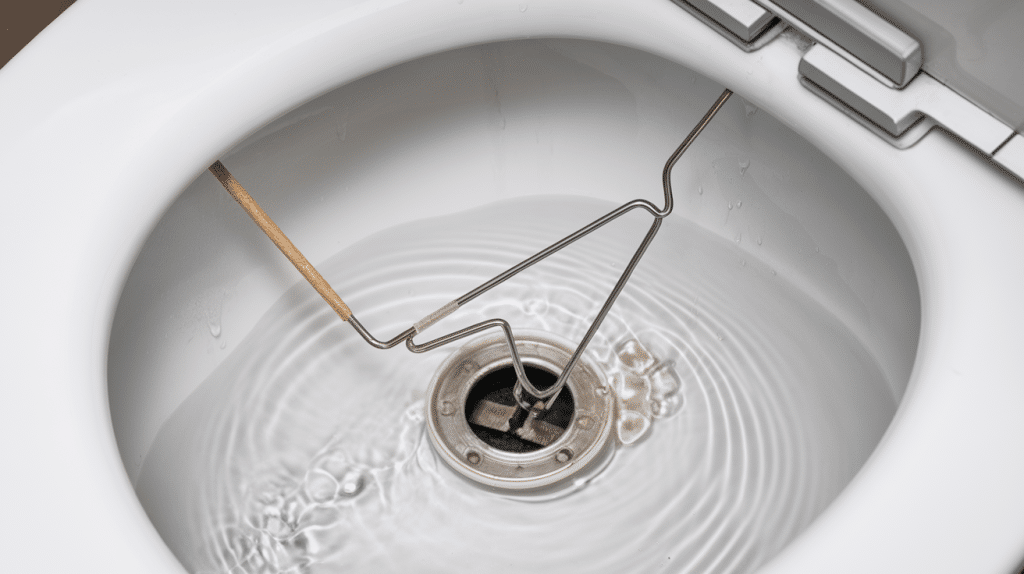
A wire coat hanger can work like a manual snake to break up or pull out clogs. This method requires some care to avoid scratching your toilet.
Making a toilet snake from a coat hanger: Straighten the hanger but leave the hook end intact. Wrap the hook in tape or cloth to protect the porcelain. Create a small loop at the working end for a better grip on clogs.
Follow these simple steps to clear your clog:
Step 1: Insert gently
Lower the wire slowly into the drain opening.
Step 2: Feel for resistance
Stop when you hit the clog; don’t force through.
Step 3: Use gentle motions
Try to hook or break up the blockage, not push it deeper.
Step 4: Work slowly
Patience prevents damage to your toilet.
Step 5: Remove the wire slowly
This helps avoid splashing.
Common Mistake to Avoid: Using too much force – Wire hangers can scratch porcelain and push clogs deeper into the pipes. Gentle pressure works better than aggressive jabbing. Wrap the hanger end with tape or cloth to protect your toilet. Move slowly and feel for the blockage instead of forcing the wire through.
Method Comparison: Choose the Best Toilet Unclogging Solution
Here’s how each method compares to help you choose the best option for your situation:
| Method | Time Needed | Items Required | Best For | Success Rate |
|---|---|---|---|---|
| Hot Water | 15-20 minutes | Large pot, hot water | Paper clogs, organic waste | High |
| Dish Soap | 30-45 minutes | Liquid soap, warm water | Greasy blockages, stuck waste | High |
| Baking Soda & Vinegar | 60-90 minutes | Baking soda, white vinegar | Organic clogs, mineral buildup | Medium |
| Wire Hanger | 10-15 minutes | Coat hanger, tape/cloth | Solid objects, deep clogs | Medium |
When do Toilet Unclogging Needs a Professional?
Some clogs are too serious for DIY fixes. Knowing when to call a plumber saves you time and prevents damage to your plumbing system.
Call a professional if you notice multiple failed attempts. If three different methods don’t work, the blockage is likely deep in your pipes. Sewage backup is another serious warning sign – water or waste coming up from floor drains signals a main line problem.
Listen for gurgling sounds from other drains, which means the clog affects multiple fixtures. Persistent bad smells suggest a serious blockage or ventilation issue that needs professional attention. If water levels keep rising despite your efforts, stop immediately and call for help.
Don’t keep trying if you see these warning signs. Professional plumbers have tools like motorized snakes and cameras that can handle serious blockages safely.
Emergency situations require immediate professional help. These include sewage overflow onto bathroom floors, multiple toilets backing up at once, or strong sewer gas smells throughout your home. In these cases, contact a plumber right away to prevent health hazards and further damage.
Preventing Future Toilet Clogs
To avoid the frustration of a clogged toilet, it’s important to adopt simple habits that keep your plumbing system running smoothly. Here’s how you can prevent future blockages with just a few adjustments.
| DO’s | DON’ts | WHY |
|---|---|---|
| Use moderate amounts of toilet paper | Flush baby wipes (even “flushable” ones) | Wipes don’t break down in water |
| Fold toilet paper instead of wadding | Flush feminine hygiene products | These expand and create blockages |
| Flush twice if needed for large amounts | Flush cotton balls and swabs | Cotton doesn’t dissolve |
| Use toilet paper that breaks down easily | Flush cat litter | Litter clumps and hardens |
| Clean weekly with a toilet brush | Flush cigarette butts | Filters don’t decompose |
| Check water levels monthly | Flush medications | Pills can stick together |
Final Thoughts
A clogged toilet doesn’t have to ruin the day when there’s no plunger available. The methods covered here prove that everyday household items can solve most toilet blockages effectively.
Hot water, dish soap, baking soda, and vinegar, plus wire coat hangers, offer reliable solutions for different types of clogs.
Knowing how to unclog a toilet without a plunger saves time and money. These methods work best when applied correctly and safely.
Understanding what caused the blockage helps choose the right method.
Prevention remains the best strategy for avoiding future problems. Simple habits like using appropriate amounts of toilet paper and avoiding non-flushable items keep toilets working properly.
When DIY methods fail repeatedly, calling a professional plumber protects both health and property from damage.

